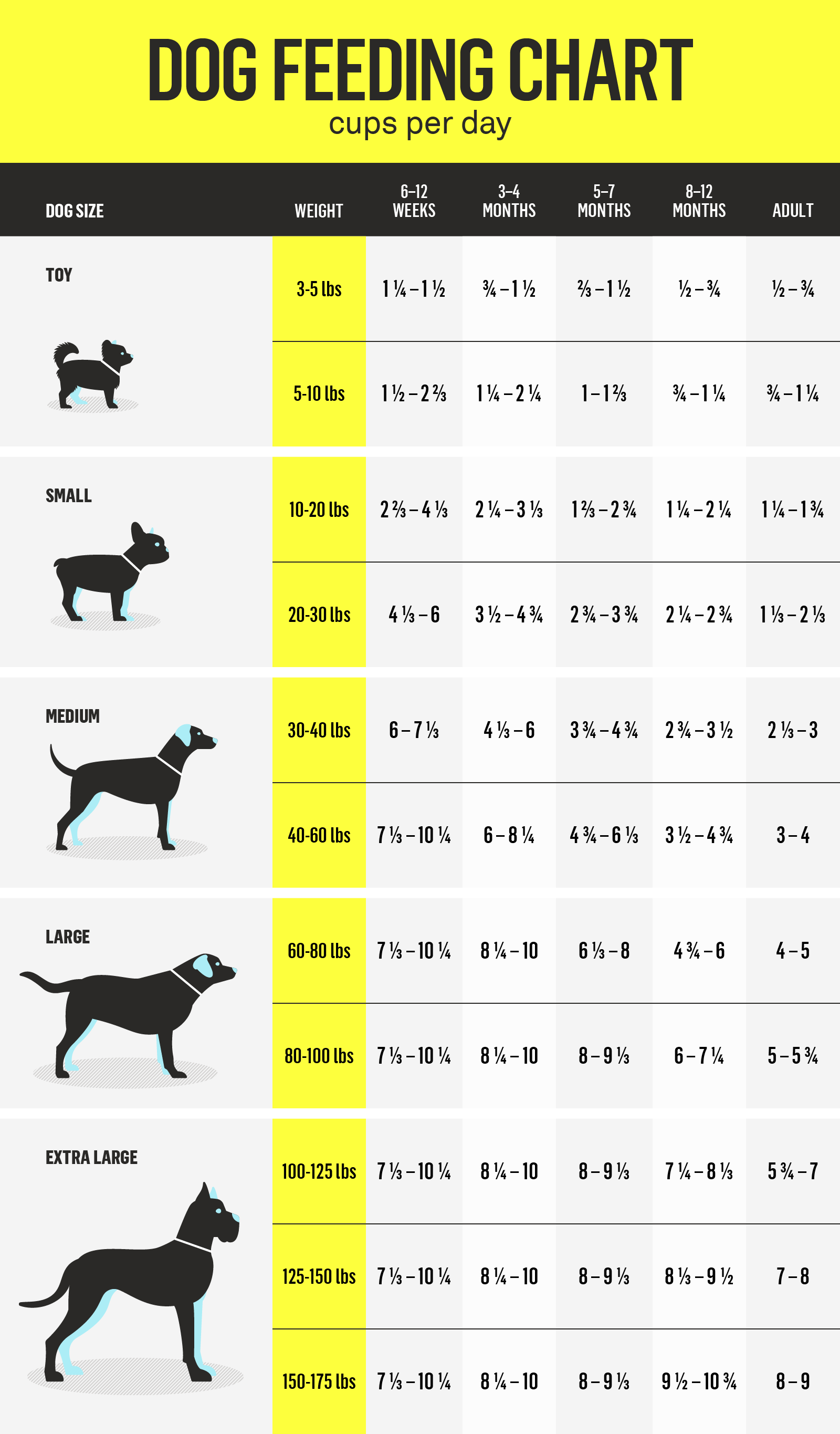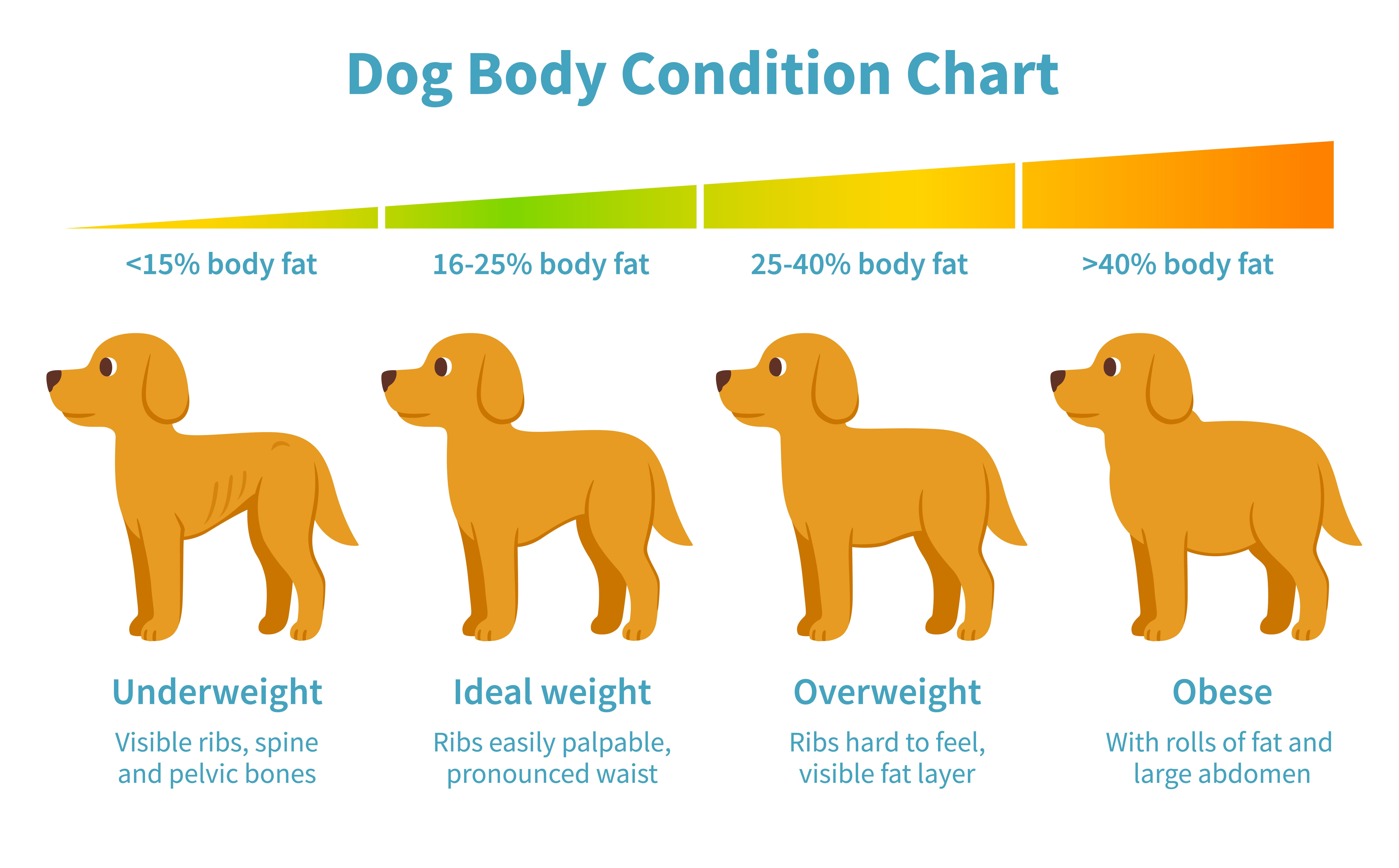Dog Food Weight Conversion: Understanding Cups And Pounds For Canine Nutrition
We know that feeding our furry friends is important, but it can be confusing to figure out how much to feed them. Dog food bags usually list the amount of food in cups, but many people prefer to measure it out in pounds. So, how do you convert cups to pounds? And why does it matter?
Measuring your dog’s food accurately is essential for their health. Too little food can lead to weight loss and malnutrition, while too much food can lead to weight gain and obesity. Obesity is a major health problem for dogs, and it can lead to a number of other health problems, such as heart disease, diabetes, and arthritis.

10 Best Dog Food Chart By Weight: Your Ultimate Buying Guide! – Furry Folly – Source furryfolly.com
## Dog Food Weight Conversion: Understanding Cups And Pounds For Canine Nutrition
To convert cups to pounds, you need to know the density of the dog food. Density is the weight of a substance per unit volume. The density of dog food varies depending on the brand and type of food. However, the average density of dog food is about 4 ounces per cup. This means that 1 pound of dog food is equal to about 4 cups.
Here is a table that shows the conversion between cups and pounds for different densities of dog food:
|———
| Of dog food |
|———
| 4 | 1 pound = 4 cups
| 5 | 1 pound = 5 cups
| 6 | 1 pound = 6 cups
## Dog Food Weight Conversion: Understanding Cups And Pounds For Canine Nutrition
The best way to measure your dog’s food is to use a kitchen scale. This will give you the most accurate measurement. However, if you don’t have a kitchen scale, you can use a measuring cup. Just be sure to level off the cup so that you don’t get too much food.
It’s also important to note that the amount of food you feed your dog will vary depending on their age, weight, and activity level. A growing puppy will need more food than an adult dog. An active dog will need more food than a sedentary dog.
If you’re not sure how much to feed your dog, talk to your veterinarian. They can help you determine the right amount of food for your dog’s individual needs.

Dog body weight chart – sCH Dog Center Blog – Source true-dog-lover.com
## History and Myth of Dog Food Weight Conversion: Understanding Cups And Pounds For Canine Nutrition
It would be best if you kept your dog’s weight in mind while converting cups to pounds. A dog that is overweight or obese may need to eat less food than a dog that is underweight.
## Hidden Secret of Dog Food Weight Conversion: Understanding Cups And Pounds For Canine Nutrition
A dog’s age is another factor to consider in converting cups to pounds. Puppies need to eat more food than adult dogs. The amount of food a puppy needs will vary depending on their age, breed, and activity level.
## Recommendation of Dog Food Weight Conversion: Understanding Cups And Pounds For Canine Nutrition
If you are unsure how much to feed your dog, consult with your veterinarian. They can help you determine the right amount of food for your dog’s age, weight, and activity level.

Pin by Pamela Rios on Doggie! | Dog feeding schedule, Puppy feeding – Source www.pinterest.com
### Dog Food Weight Conversion: Understanding Cups And Pounds For Canine Nutrition
– Always use the same measuring cup. This will help you to ensure that you are giving your dog the same amount of food each time.
– Level off the cup before you fill it. This will help you to avoid giving your dog too much food.
– Feed your dog at the same time each day. This will help to regulate their appetite and prevent them from becoming overweight.
Conversion between cups to pounds may take some time to get used to, but it will be worth it in the long run. Your dog will appreciate the consistent, accurate measurement of their food, and you will have peace of mind knowing they are getting the optimal portions they need.
## Fun Facts of Dog Food Weight Conversion: Understanding Cups And Pounds For Canine Nutrition
– The average density of dog food is about 4 ounces per cup.
– 1 pound of dog food is equal to about 4 cups.
– The amount of food you feed your dog will vary depending on their age, weight, and activity level.

Homemade Dog Food Serving Size Chart – Source leonwheeler.z13.web.core.windows.net
## How to Dog Food Weight Conversion: Understanding Cups And Pounds For Canine Nutrition
1. Determine the density of the dog food (in ounces per cup).
2. Multiply the density by the number of cups to get the weight in ounces.
3. Convert ounces to pounds by dividing by 16.
A 5-pound bag of dog food has a density of 4 ounces per cup. How many cups are in the bag?
1. 4 ounces per cup x 5 pounds = 20 ounces.
2. 20 ounces / 16 ounces per pound = 1.25 pounds.
Therefore, there are 1.25 cups of dog food in a 5-pound bag.
## What if Dog Food Weight Conversion: Understanding Cups And Pounds For Canine Nutrition
You can use a measuring cup to measure your dog’s food. Just be sure to level off the cup so that you don’t get too much food.
## Listicle of Dog Food Weight Conversion: Understanding Cups And Pounds For Canine Nutrition
– 1 cup of dog food is equal to about 4 ounces.
– 1 pound of dog food is equal to about 4 cups.
– The amount of food you feed your dog will vary depending on their age, weight, and activity level.

Cup Conversion, Us Cup, Guidelines, Periodic Table, Word Search Puzzle – Source www.pinterest.co.uk
## Question and Answer
A: To convert cups to pounds of dog food, you need to know the density of the dog food. The density of dog food varies depending on the brand and type of food. However, the average density of dog food is about 4 ounces per cup. This means that 1 pound of dog food is equal to about 4 cups.
A: Measuring your dog’s food accurately is essential for their health. Too little food can lead to weight loss and malnutrition, while too much food can lead to weight gain and obesity. Obesity is a major health problem for dogs, and it can lead to a number of other health problems, such as heart disease, diabetes, and arthritis.
A: The best way to measure your dog’s food is to use a kitchen scale. This will give you the most accurate measurement. However, if you don’t have a kitchen scale, you can use a measuring cup. Just be sure to level off the cup so that you don’t get too much food.
A: The frequency of feeding will vary depending on your dog’s age, weight, and activity level. Puppies need to eat more often than adult dogs. Active dogs need to eat more often than sedentary dogs. Talk to your veterinarian to determine the best feeding schedule for your dog.

7 Tips to Keep Your Dog at a Healthy Weight – Bully Max Dog Food – Source info.bullymax.com
Conclusion of Dog Food Weight Conversion: Understanding Cups And Pounds For Canine Nutrition
Dog food weight conversion is essential to ensure you are not overfeeding or underfeeding your dog. Use the tips above to help you convert cups to pounds and feed your dog the right amount of food for their needs.